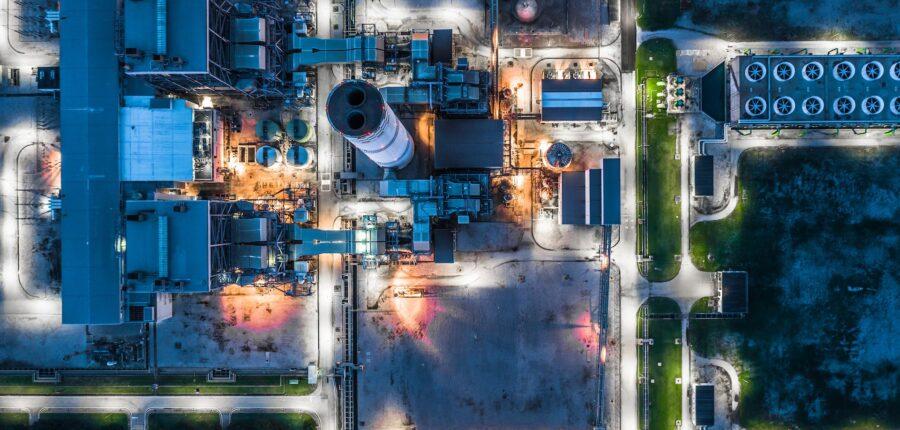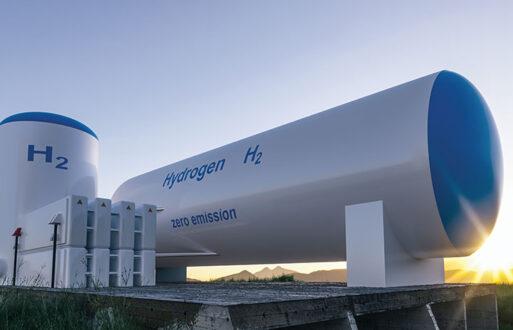On November 15, President Joe Biden signed the $1.2 trillion infrastructure bill into law, calling it “a once-in-a-generation investment in our nation’s infrastructure and competitiveness.”
Technically called the Infrastructure Investment and Jobs Act (IIJA), this is the smaller of the two significant pieces of infrastructure-related legislation on the President’s agenda (the much larger social safety net and climate change bill are still being negotiated).
The new law is designed to tackle the nation’s often crumbling infrastructure and has funds for everything from roads and bridges to broadband and water systems. The new law also has a significant amount of money earmarked to upgrade the U.S. energy infrastructure.
What’s in the New Law: Grid Modernization
$65 billion of the IIJA’s funds are set to rebuild this country’s electric grid as a cleaner and better version of itself. The vision is a zero-emissions future for the energy sector. Part of that is the installation of thousands of miles of new resilient transmission lines and an expansion of renewable energy penetration into the grid. Specifically, the new law includes:
- A $2.5 billion revolving loan fund that allows the Department of Energy (DOE) to be an “anchor tenant.” What this means is that DOE can commit to half of the capacity of a new or upgraded transmission line, which they’d then sell to others. The DOE’s commitment is expected to allow these costly projects to secure the financing they need to be green-lit.
- $1 billion for grid investments in rural or remote areas.
- $500 million for the DOE’s State Energy Program, which helps states plan transmission and distribution.
- $6 billion in subsidies to support struggling nuclear power plants.
The IIJA also gives the Federal Energy Regulatory Commission (FERC) the authority to approve transmission projects blocked by states and in national interest transmission corridors.
To achieve that zero-emissions future, the IIJA also earmarks funds to develop cutting-edge clean energy technologies like carbon capture, clean hydrogen, advanced battery technology, solar panels, and wind turbines. Highlights include:
- $3 billion for DOE’s Smart Grid Investment Grant program, which funds technology designed to make the grid more flexible, in part by better-integrating renewables and distributed energy resources (DER).
- $8 billion to set up “hydrogen hubs” that will centralize the production, processing, storage, and delivery of clean hydrogen. Additional funds are aimed at reducing the costs of this potential replacement for fossil fuels.
What’s in the New Law: Grid Resilience
A major part of improving the country’s energy infrastructure is ensuring that it’s resilient and reliable. That’s why the IIJA has $50 billion dedicated to bolstering cybersecurity for our energy infrastructure and making the grid capable of withstanding extreme weather events.
What’s in the New Law: Electric Vehicle Infrastructure
The adoption of electric vehicles (EVs) in the U.S. lags behind most other industrialized nations for several reasons, not the least of which is inadequate charging infrastructure. Range anxiety is real, and people are hesitant to give up their gas-powered cars for fear of being stuck with a dead EV and no place to charge. The IIJA takes a giant step forward by allotting $7.5 billion to develop a nationwide network of charging stations.
It’s expected that a reliable plug-in charging infrastructure will increase EV adoption, which will ultimately reduce carbon emissions. Moreover, this energy will flow both ways with this network of charging stations – the network will draw power from the cleaner, more resilient electric grid and provide support to the grid as one of its many distributed energy resources.
Another notable part of the IIJA is $7.5 billion to be used to purchase zero- and low-emissions buses and ferries, including electric school buses.
PCI Stands Ready to Help
While this new law represents a significant investment in the country’s critical energy infrastructure, it’s not all that will be needed to modernize our grid fully. As the grid evolves, power generation companies will need a software product that can provide real-time data, analytics, and modeling capabilities to support critical decisions. PCI stands ready to assist with our GenTrader® platform.
The GenTrader® platform is used by competitive power generation companies across the country to plan their power generation and optimize their portfolio. The platform uses an advanced optimization algorithm that considers market prices, renewable power generation, and other factors to provide you with the information you need for short- and long-term planning.







